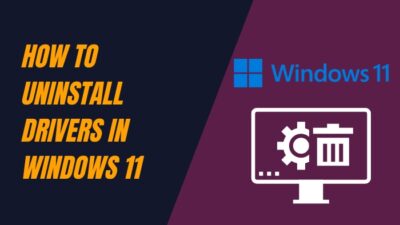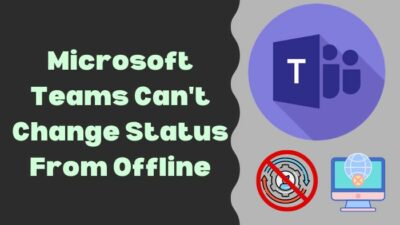When it comes to satellite internet, a data cap is one of the first things to come to mind.
The data cap is one of the significant factors in deciding which plan to get.
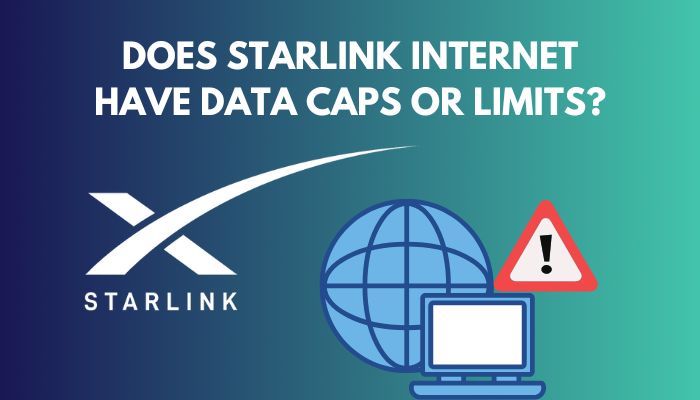
Some satellite internet providers also limit the data speed after consuming a fixed bandwidth.
So how does Starlink deal with data caps and speed limiting?
This post will give a detailed answer to the question. I will also discuss how Starlink stacks up against its competitors so you can decide better.
So keep reading the post till the end.
Does Starlink Internet Have Data Caps Or Limits?
Starlink is part of SpaceX and is on a mission to bring decent internet connection to rural and remote areas. Starlink uses satellites to reach out to rural and remote regions, ditching the standard broadband internet connection.
If you have used satellite internet before, you will surely be familiar with data caps or limits. Data cap refers to restricting the user on a certain amount of bandwidth (for example, 100GB, 250GB or 1TB) per month or during the subscription period.
Once the user has consumed the fixed amount of data, they need to buy more bandwidth or wait for the new month.
We deal with data caps on SIM card mobile data: We can buy a fixed amount of data (for example, 25GB) for a specific period. Once we have consumed the specified data, we must purchase new data.
Usually, satellite internet connections (like Viasat and HughesNet) also have data caps or limits. The reason is a single satellite can only process a fixed amount of data at a time, and there are only a fixed number of satellites in action.
It is very expensive to maintain satellite internet connections. Increasing bandwidth capacity means increasing each satellite’s data capacity or increasing the number of satellites. Both are costly tasks to accomplish.
That’s why satellite internet providers impose a data cap on their plans.
Satellite internet providers calculate the number of satellites they have and users in a given area, then impose a data cap based on the calculations.
This way, satellite internet users would not consume more data than necessary, and all users can enjoy the internet. Data caps also help keep the cost down as increasing capacity means deploying more satellites which are pretty costly.
But Starlink is an exception. Starlink has imposed no data cap on their plans despite being a satellite internet provider.
You can visit the official website of Starlink and see it for yourself: STARLINK SPECIFICATIONS. 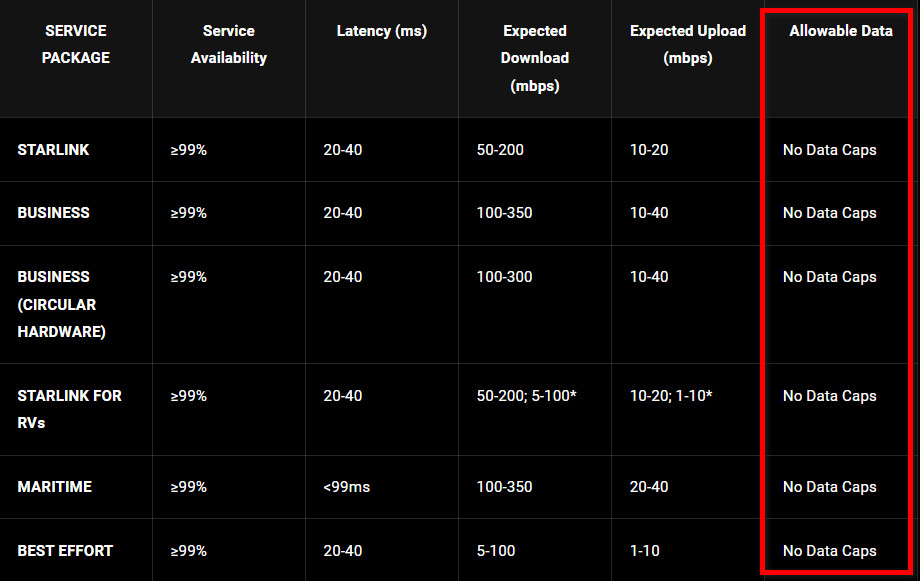
Neither of the Starlink plans has a connection limit. So you can use unlimited internet using Starlink. It is one of the significant advantages of using Starlink internet.
Starlink makes it possible by increasing the number of satellites. Starlink plans to deploy around 42000 satellites covering the entire planet. This high number of satellites will help serve the internet to the customers without a data cap or limit.
Will Starlink Continue Without A Data Cap Or Limits In The Future?
Starlink introduces itself as a satellite internet provider with no data caps on any of its plans.
However, this might not continue in the long run. Starlink has a limited number of satellites in orbit right now, a fraction of what they plan to deploy (about 1500 out of 42000).
These limited number of satellites can serve only a few areas with a limited number of users. Starlink is still in the Beta phase, so that’s not a significant issue now.
But in the future, when Starlink goes mainstream, it will be hard to keep up with the increasing number of subscribers. After all, deploying satellites is time-consuming, and there are other limitations (cost, regulatory approval, etc.).
So if the number of users exceeds the limit of the satellites, Starlink might rethink its internet plans.
Starlink might cope with the high demand by keeping the subscription rate high (lowering the demand for Starlink’s capacity).
But even in the Beta phase, Starlink is facing challenges in some parts of the world.
Now it will be appropriate to talk about a recent update on the Starlink subscription plan.
Starlink decided to throttle or reduce the speed of power users (who have used over 250 GB of data per month) in France during congestion periods. In return, Starlink will cut half the subscription price for all to €50 per month (down from €99). The new rule is applicable starting from August 2022.
Starlink is prioritizing the regular users over the “power users” during congestion so that everyone gets to enjoy smooth internet. Starlink will continue to deliver equal speeds to everyone when there is no congestion.
But during congestion, users who have already consumed 250 GB in the current month will get internet at a reduced speed since they are low priority.
Power users can recover the lost speed by paying more, about €10 per 100 GB.
To be clear, this is not data cap or limiting but rather data throttling. Data capping means serving only a fixed amount of bandwidth per subscription period. In contrast, data throttling reduces the speed when a user hits the data margin.
Even so, it clearly points out one of the main issues Starlink is facing: dealing with congestion. Since the beginning, Starlink has been fighting the challenges of satellite internet connection by increasing the number of satellites in orbit.
In a satellite internet connection, the internet user has a dish that communicates with a satellite up in the sky. Multiple satellites connect with a ground station. Ground stations are connected to submarine cables, the central pipeline of the internet.
There are some limitations to the satellite internet connection, and latency is one of them. The more distant a satellite is from the Earth, the higher the latency will be.
That’s why Starlink keeps its satellites in low Earth orbit to decrease the latency. But using low Earth orbit satellites come with a new challenge: they cannot orbit in sync with Earth’s rotation.
Hence Starlink needs to have enough satellites in deployment so that at least one satellite is in range of the dish at any given time.
Starlink plans to launch 42000 satellites in orbit to cover most of the world, but as of now, only launched about 1500. Starlink is launching new satellites every month, but they are not easy to deploy. So it will be a while before Starlink reaches the target.
Now each satellite has a limit on how much data it can send and receive. So a single satellite can only cover so many users. Hence even if Starlink deploys the 42000 satellites, it has an upper bound of how many users it can handle.
Moreover, satellite internet connections are less scalable than wired broadband internet connections.
Starlink focuses on connecting people in remote and rural areas where broadband internet connection is not up to the mark. So it ignores big cities and urban areas, which reduces the number of potential customers. But still, there remains a considerable number of future Starlink customers from remote locations.
Therefore, even though it’s not an immediate issue, we don’t know how Starlink will deal with hundreds of millions of subscribers.
Some possible scenarios are a data cap with a reduced subscription fee, a fair usage policy (which throttles data speed past a limit) or a very high subscription fee (which will cut down the demand for Starlink connection).
How Fast Is Starlink’s Internet?
Starlink has the following plans currently: The standard residential plan, Starlink Business, Starlink For RV, and Starlink Maritime.
The standard Starlink plan promises download speed in the range of 50-200 mbps. The Starlink RV has the same data speed range, whereas the Starlink Business and Maritime plan mentions download speed in the 100-350 mbps range.
The upload speeds are rather low, ranging in the 10-40 mbps range for the different plans. 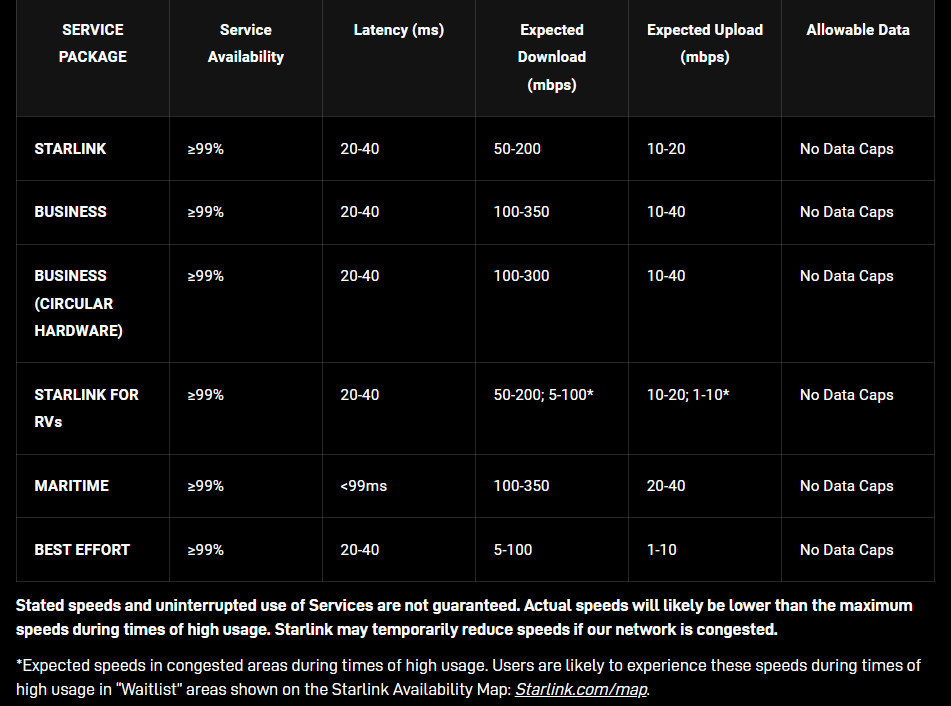
These are the official data speed as mentioned on the Starlink website. The actual speed will vary within the range according to the number of users in the area (congestion) and other factors.
Users in US and Canada have a median speed of around 90 Mbps, whereas, in Europe, the median speed crosses the 100 Mbps mark. Similar speeds are observed in South America and Australia.
So it suffices to say that Starlink is fast for a satellite internet connection and delivers within its promised range.
Final Thoughts
Starlink is a game changer in the satellite internet scene. It has no data caps on any of its plans. Starlink plans to deliver unlimited data by using a high number of satellites in orbit.
But the physical and scalability limitations remain, and only the future can tell how Starlink will manage the increasing demand (or if they will limit their customer numbers).
